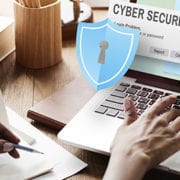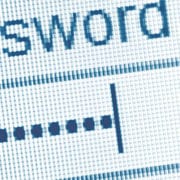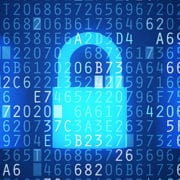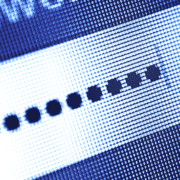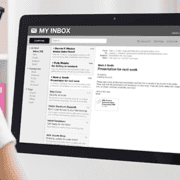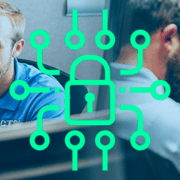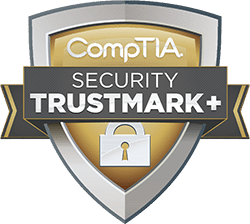Your Guide to Infrastructure Security
Infrastructure is everything when it comes to your technology. It basically means the structure of your technological setup, including your hardware, software, and servers.
There are many different ways to set your infrastructure up, but one thing that every IT infrastructure has in common is the need for security.
Follow These Tips to Keep Your Infrastructure Safe and Sound
1. Have a Solid Data Backup & Recovery Plan
Your data backup plan should include the most important factor: recovery.
Backing up your data is good, but having a plan for recovering that data if needed should be part of the plan too. This will keep your technology infrastructure safe if anything should happen to your databases or servers.
There are many types of disasters you need to prepare for, both natural and malicious.
Data recovery, the act of implementing your backup, should come with a guarantee of success. You’ll want to test your plan as part of your preparation.
Getting caught with a data backup plan that doesn’t work is the IT version of getting caught up a creek without a paddle and could lead to serious problems for your business.
2. Train Your Employees Well
Your data security is very dependent on your employees. It’s not only that the click of the wrong button could delete data, but trusting the wrong person could result in the infiltration of your networks.
Phishing is a prevalent practice that tries to trick your employees into giving out sensitive information. Use a training program to help them avoid these scams and other security pitfalls to keep your data safe.
It might seem obvious to you to make your passwords creative and not just “password1” but Dave in accounting might need a bit of education on the topic. Training can help with these details too.
Related Articles:
3. Two Factor Authentication
Two-factor authentication is familiar to many internet users due to personal services that offer a password and text code for extra security. However, you may want to use more secure methods than SMS authentication for your business.
Many companies are turning to biometrics as a way to ensure that only the people you want to get in, get in. An example of two-factor authentication with biometrics would be the combination of a key card to swipe in plus a fingerprint scan to ensure that only the right person is entering a room with sensitive materials.
For digital properties, you can use more usual types of two-factor authentication.
Related Articles:
4. Manage Users Properly
Managing users properly is a huge part of protecting your data infrastructure.
When someone leaves your company, delete whatever permissions they have right away and take away their access to sensitive documents. Make sure that employees only have the access level they need to perform their jobs.
Following these best practices can help prevent a vengeful former employee from getting their hands on sensitive information or employees accessing data they don’t need or understand.
Need more tips about implementing infrastructure security? Contact your managed IT services provider to make sure you’re doing all you can to keep your infrastructure safe and secure.


